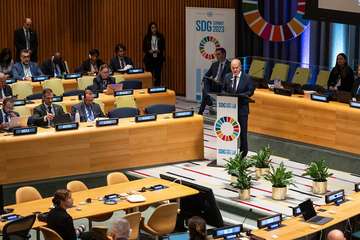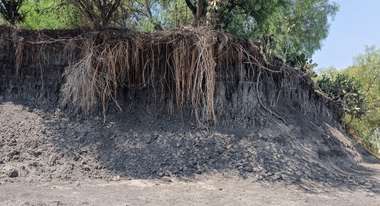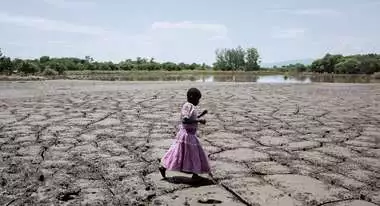Unfinished Reform of Multilateral Development Banks
The world’s largest development financiers have assigned the World Bank the goal of working towards a liveable planet. But looking at the financial needs of its clients, discussions about a capital increase need to be taken up urgently.
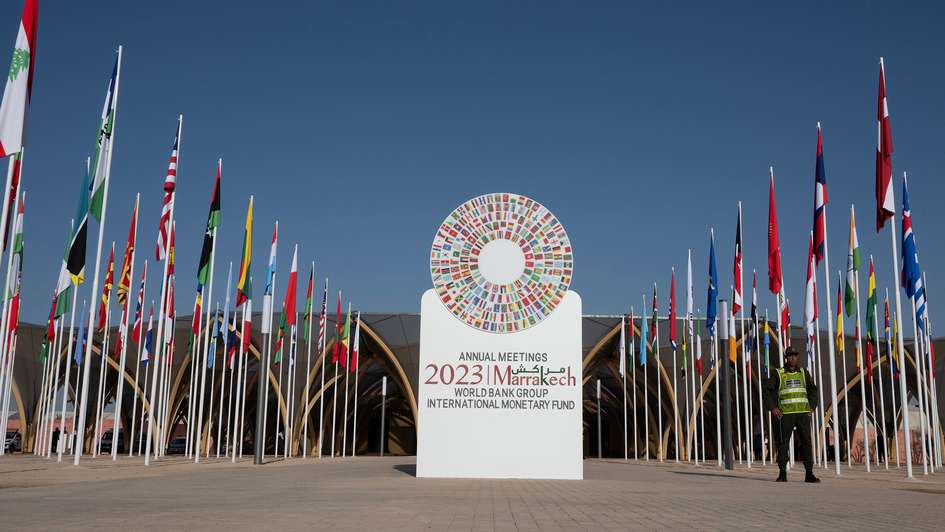
To respond to global challenges and meet agreed international targets, including the Paris COP21 agreement and the sustainable development goals, an additional $3 trillion will be needed annually by 2030 in emerging and developing countries – four times above current levels.
Against this backdrop, there is mounting pressure on the international finance system at a scale which hasn’t been witnessed in decades. In the spotlight shines are Multilateral Development Banks (MDBs).
MDBs are essential to address the immense global challenges in today’s world. They have a distinctive comparative advantage which can catalyse government and private sector investments at scale. They are a valuable source of low-cost finance, technical knowledge and policy advice for many emerging markets and developing economies.
MDBs are the largest contributors to the annual international climate commitment of $100 billion. Without them, this target wouldn’t be in sight. They have been able to mobilise resources at such a scale because they can raise cheap finance on capital markets, thanks to their strong backup from governments (i.e. shareholders). The largest MDBs have been able to leverage more than 30 times the capital paid into them since their creation.
Yet even though all the evidence suggests that the MDBs can potentially bring both the financial power and expertise necessary to respond to global challenges, MDBs face several structural constraints to realising their full potential.
A year ago a range of shareholder governments called on MDBs to step up. These calls reached a crescendo with statements by US Treasury Secretary Janet Yellen, Minister Svenja Schulze from Germany’s Development Cooperation Ministry and Indonesia’s finance minister Sri Mulyani Indrawati. Soon after, in December 2022 shareholders entrusted the World Bank, as the largest MDB, with the task of reforming the institution’s mission, operations and finances to equip it with the tools to tackle the major global challenges of the 21st century.
Work on this new vision and strategic direction – better known as the Evolution Roadmap – has advanced at a good pace. Thus, a year on, what has been achieved? And most importantly: what still hasn’t?
What has been achieved?
On the vision and mission: The World Bank’s new proposed vision embraces sustainability as a necessary condition to “poverty eradication and shared prosperity” – the bank’s pre-existing policy goals. This elucidates a unified narrative around development and global challenges – like climate change, pandemic preparedness and peace and security. This is no coincidence. Efforts to incorporate global challenges into the mandate of MDBs have been largely led by key shareholders championing the reform agenda, primarily the US and Germany.
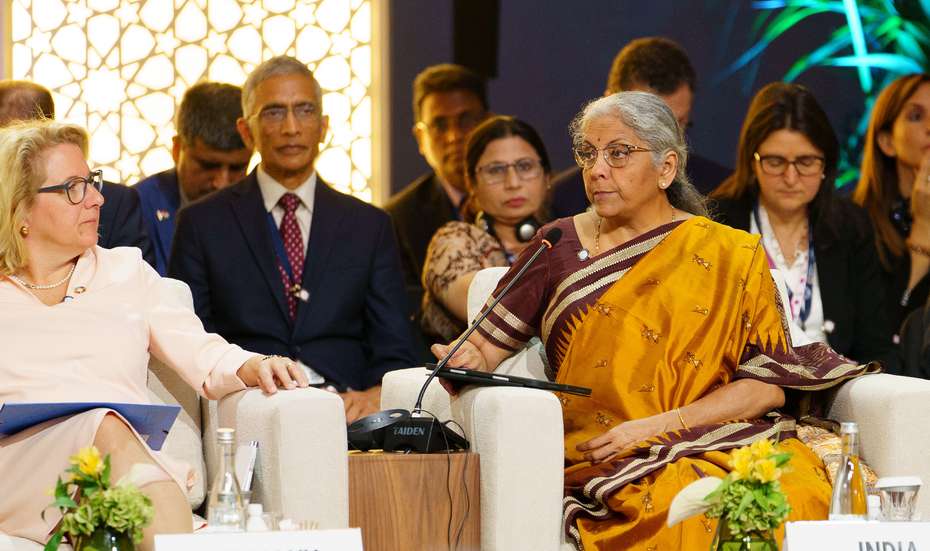
In addition, the vision now sets out an outcomes-focused results scorecard, reflecting the systems-based, cross-sectoral and public-private nature of desired transformations. The proposed Global Challenges Programme offers a practical orientation for organising work across the World Bank Group.
On the operational model: In order to respond to the needs of developing countries, operational effectiveness and efficiency are key to increasing the speed, scale, and quality of implementation of MDB projects. Yet, for many countries borrowing from MDBs can be a complex and resource-intensive exercise. On average, according to the most recent available data, the World Bank takes more than two years to process a loan.
Luckily, over the last year the Bank has begun to appreciate that “development delayed is development denied.” A new “playbook” includes a series of proposals aimed at increasing efficiency by strengthening capacity at the country level. The new approach also places a large emphasis on partnership between the World Bank Group, other MDBs and (most importantly) national actors. At COP28, ten multilateral development banks emphasised their commitment to national cooperation by announcing they will work together to support country platforms which coordinate external financing around a nationally led investment programme.
On the supply of finance: The Roadmap for reform discusses ways to increase the Bank’s financial firepower, including more efficient use of capital, more capital and/or more mobilisation.
Specifically, it lays the groundwork for putting into operation several of the recommendations made in 2022 by the G20’s Independent Panel on MDB Capital Adequacy Frameworks (CAFs). If implemented, these recommendations would help the World Bank and other MDBs unlock billions of dollars in additional lending (especially for middle-income countries such as Kenya and Morocco) without affecting their long-term financial viability and without requiring new capital injections from shareholders. The World Bank is now in the process of implementing several of these recommendations.
Beyond the World Bank, regional development banks have also been working to enhance their financial resources and have begun implementing some of the recommendations. The European Bank for Reconstruction and Development (EBRD) and the Inter American Development Bank’s Investment arm are preparing for new capital injections. The Asian Development Bank (AsDB) is creating new financial instruments to facilitate mobilising funds for climate change initiatives. The African Development Bank (AfDB) led efforts for potentially redirecting Special Drawing Rights (SDRs) through MDBs.
Another avenue to increase the supply of development finance is hybrid capital – a complex financial instruments which is sold to investors to mobilise finance without diluting MDB capital (for a detailed explanation see a recent analysis by my colleagues here). At the 2023 World Bank/International Monetary Fund Annual Meetings, Germany confirmed that it would provide €305 million of hybrid capital to the World Bank, which Schulze has said will allow the bank to mobilise an additional $2.4 billion over four years. Other shareholders – including France, Canada and the Netherlands – have already signalled their intention to join Germany.
These additional commitments by shareholders who provide hybrid capital also give these “government investors” a stronger voice in promoting their policy priorities on a portion of MDB lending. Schulze noted in a September speech that the country would request that new World Bank resources leveraged via hybrid capital be used for climate protection and vaccines.
Yet, MDBs’ balance sheets and public money, even if scaled up, will fall far short of what is needed. MDBs have shown that they can mobilise private finance directly and indirectly, for instance with guarantees, syndication models or blended finance.
What is yet to be done (by MDBs and their shareholders)?
On the vision and mission: While the renewed vision and mission help guide the World Bank’s mandate, they still require some clarification. In particular, what constitutes a “global challenge” is yet to be fully defined. Even though shareholders are generally aligned, each has a different view regarding which global challenges should be prioritised. Schulze for example wants to see biodiversity considered as a global challenge, while the US does not see this as a priority. Meanwhile, developing countries have very different perspectives and would like to see debt sustainability considered.
These questions are extremely important as the World Bank decides on what “global challenge” projects would qualify for the most highly subsidized forms of financing which the Bank provides.
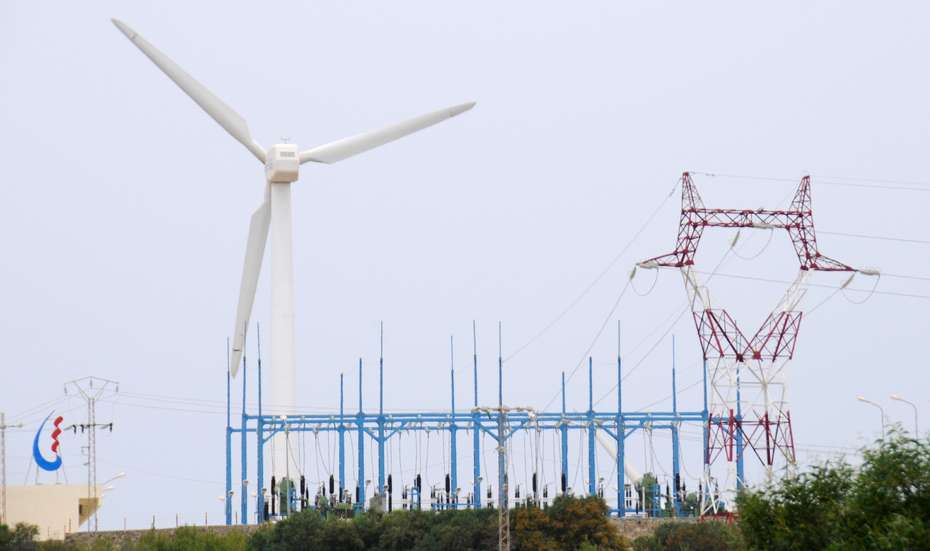
On the operational model: Even if all the reforms are implemented, the risk remains that client countries will choose to borrow limited amounts, especially for projects that have global and not just country-specific benefits. Going forward the reform should prioritise four areas:
- Help countries design and deliver climate-smart economic development strategies: Drawing in national expertise, facilitating national dialogue and coordinating donors could help increase ownership and identify key sectors that bear both green and growth opportunities. Working with national development banks, for example, would allow MDBs to share diagnostics, project preparation, and joint financing. It can also build domestic capacities and mitigate risks, for example by harnessing national development banks’ greater knowledge of local markets and ability to lend in local currencies.
- Streamline requirements and safeguards. For instance, MDBs could harmonise their rules and procedures. Much more of this process could also be digitised rather than being paper-based.
- Change the approach to technical cooperation. According to a survey conducted by ODI, only a third of government officials in client countries think that MDBs are responsive to their demands when providing technical assistance and policy advice. They are also frustrated by the way that technical cooperation and policy advice – in particular project preparation and project development – are usually highly fragmented across providers. MDBs should find ways to prioritise longer-term relationship-building over fly-in, fly-out standalone reports.
On the supply of finance: So far, efforts to strengthen MDB financial firepower by engaging with the CAF review recommendations have been largely driven by pressure from the US Treasury and other G7+ shareholders. Unfortunately, some large shareholders, like Germany and the Nordic countries, have not been as vocal. They have not clearly signalled to the World Bank and other MDBs their willingness to re-evaluate their own risk appetite which would give MDBs the breathing room needed to implement the necessary reforms. Yet, shareholders and MDBs as well as regional development banks still have the opportunity to move more decisively to engage with all the recommendations of the independent review on MDBs’ CAFs.
This goes beyond small tweaks in financial ratios and includes MDBs working collaboratively amongst themselves and with their shareholders to evaluate unique aspects of the MDB financial model and better reflect the extraordinary financial strength of these institutions. MDB management has so far resisted grappling with the more fundamental aspects of the CAF reform proposals, particularly whether MDBs (as well as rating agencies) are overestimating financial risks to the detriment of lending capacity.
Hybrid Capital is no Substitute
Moreover, MDBs should carefully consider how hybrid capital can help increase lending capacity. Hybrids and other innovations should not be viewed as easy substitutes for traditional paid-in capital from member government shareholders, which is the foundation on which MDB financial strength and access to capital markets is based. If shareholder governments want MDBs to accomplish specific public policy goals, they need to supply the required capital.
Discussions on mobilising private capital have accelerated rapidly. However, accountability for delivery on this agenda could be further strengthened by setting institutional targets, and by refining the incentive machinery and risk appetite behind mobilisation. To date, MDBs have mostly mobilised private actors working transaction by transaction as opposed to leveraging their whole portfolio. To move from marginal interventions at the transaction level to systematic and large-scale change, MDBs need to embrace whole-of-bank approaches that place catalysation and mobilisation of private finance for sustainable development at the core of their corporate strategies, deploying the full range of instruments at their disposal.
Even though all these efforts to increase the supply of finance remain necessary, they will not be sufficient to meet the financing that emerging markets and developing economies need. This means that discussions on a capital increase should start now to assure shareholders will commit to putting more money on the table. Moreover, to meet the expanded mandate for the World Bank, shareholders should commit to an ambitious replenishment of the Bank’s grant-based window (known as IDA) which provides finance specifically to the poorest and lowest income countries. As the most recent Independent Expert Group report notes tripling the size of IDA by 2030 would only require shareholders to commit around 0.04% of gross national income in annual contributions.
The next year will continue to be a litmus test for the World Bank and other multilateral and regional development banks. Implementing the next phase of the reform agenda will require not only considerable technical work, but also the political will to follow it through. As efforts proceed, shareholders must ensure that MDBs work much harder to align with the priorities and needs of its client countries and maximise its lending capacity.

